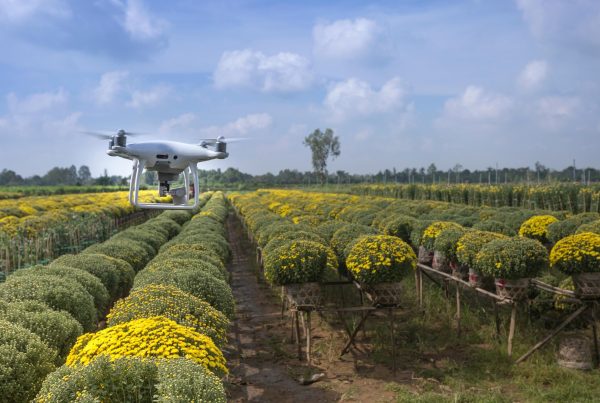Facial recognition has evolved significantly over the past decade. This technology not only enables the identification of individuals but also provides the ability to perform age recognition thanks to advanced anthropometric recognition software.
The accuracy of facial recognition has also increased considerably through the use of drones. This is largely due to the quality of the cameras installed in these devices, which can capture sharp and detailed images. As drones become more accessible and versatile, their capability to capture high-quality images is becoming more common, making facial recognition at moderate distances a reality.
One of the most notable aspects is the ability to use anthropometric recognition software to estimate a person’s age from a facial image. These algorithms analyze features such as expression lines, wrinkles, and skin texture to determine an age estimate. While this function may not be as precise as clinical analysis, it can provide useful information in various contexts, such as security, targeted advertising, and event management.
Facial recognition has also proven useful in search and rescue, security, and agriculture applications. Drones can analyze large areas to search for missing individuals, identify people in crowds during massive events, or efficiently monitor crops or the people working on them to detect issues ranging from plant health problems to child labor and exploitation.
Despite these advances, it’s important to remember that facial recognition raises ethical and privacy challenges. The collection and use of biometric data must be approached with care and in compliance with local regulations and laws.
Facial recognition has seen notable advances in terms of accuracy and age identification capability. This technology offers numerous applications in various fields and has the potential to continue improving as technology advances. However, it’s essential to address ethical and privacy issues to ensure responsible and ethical use of this powerful tool.





